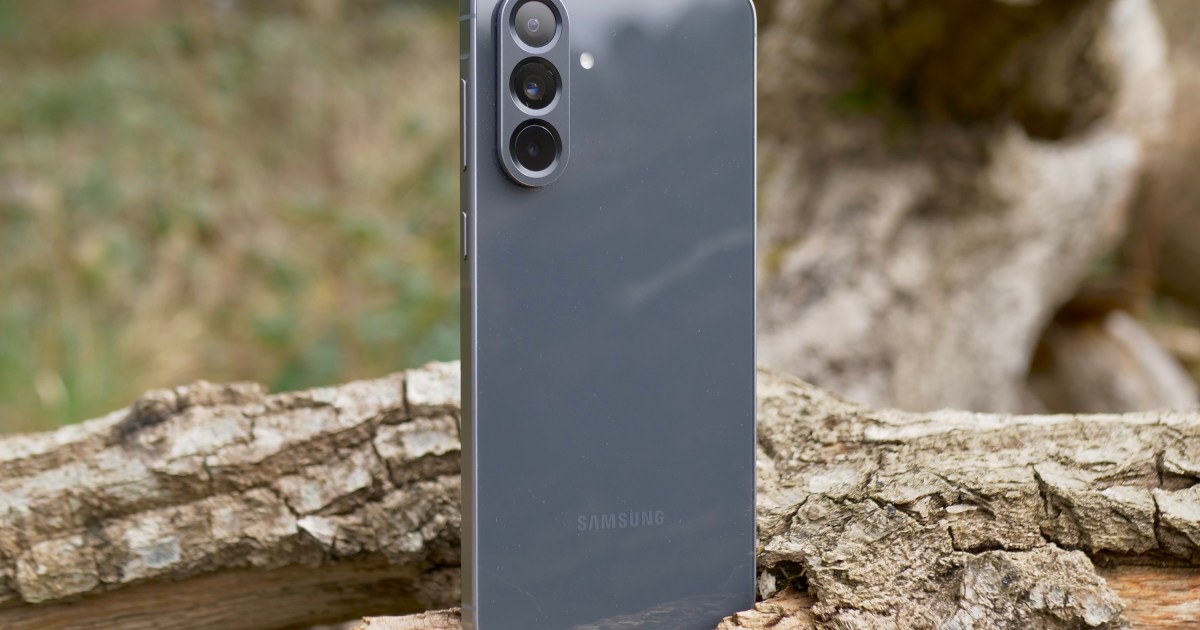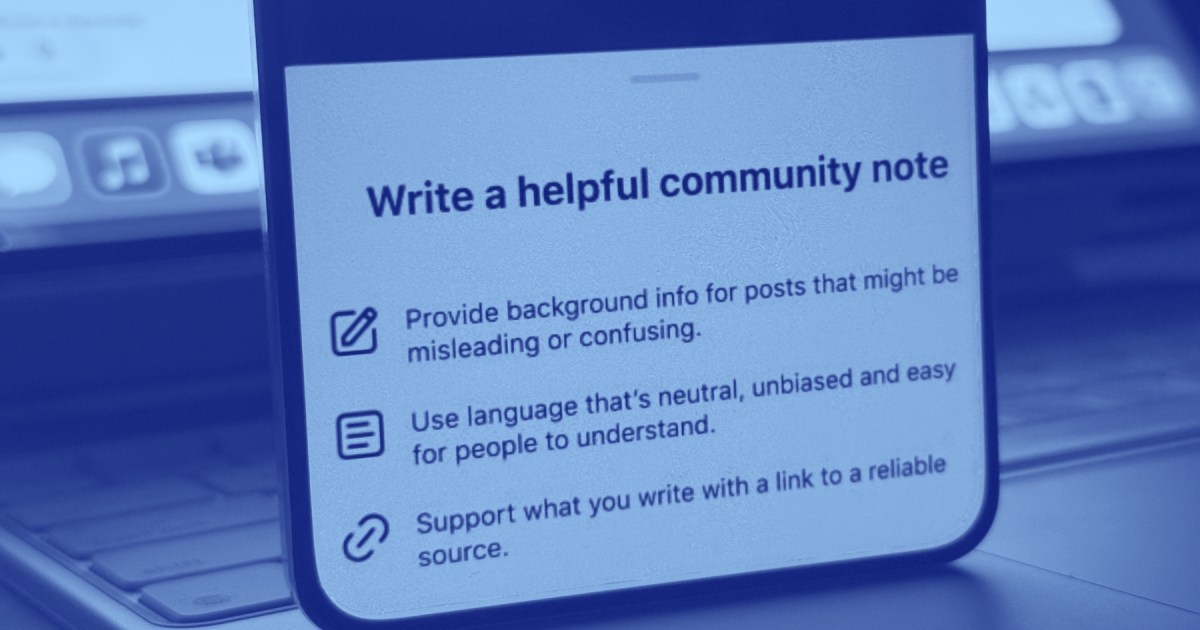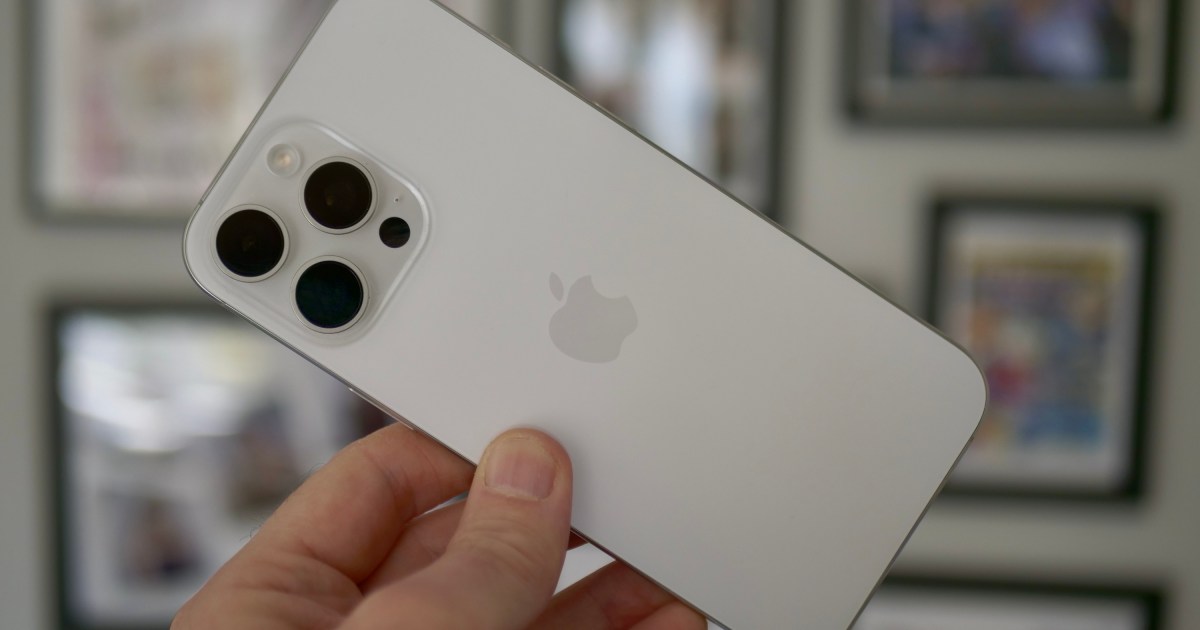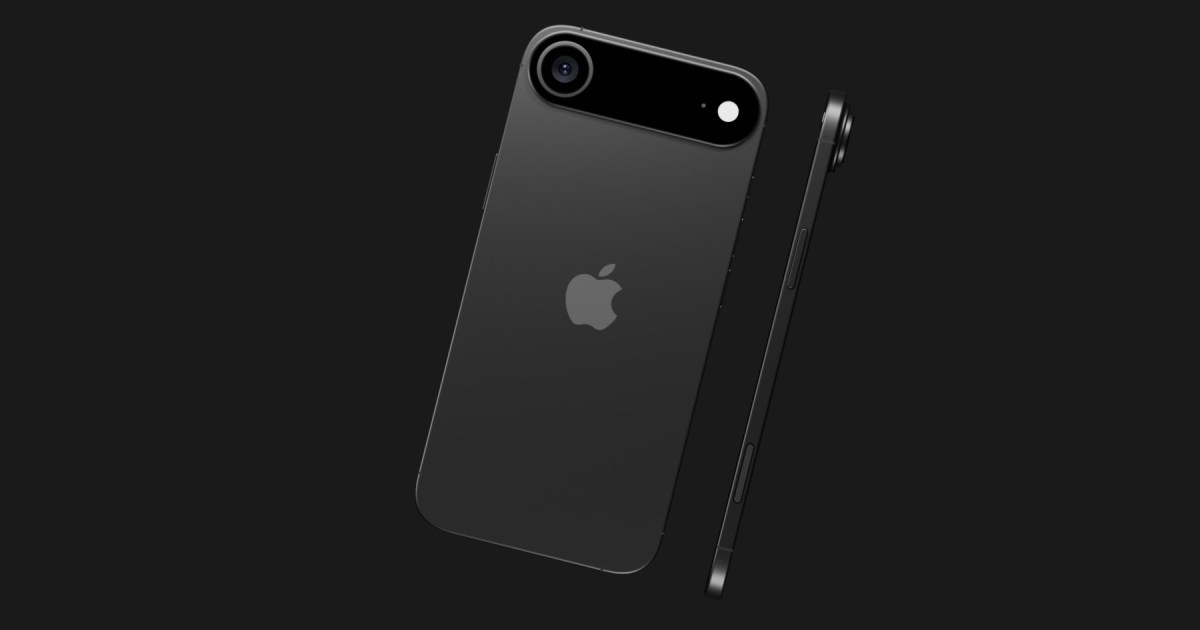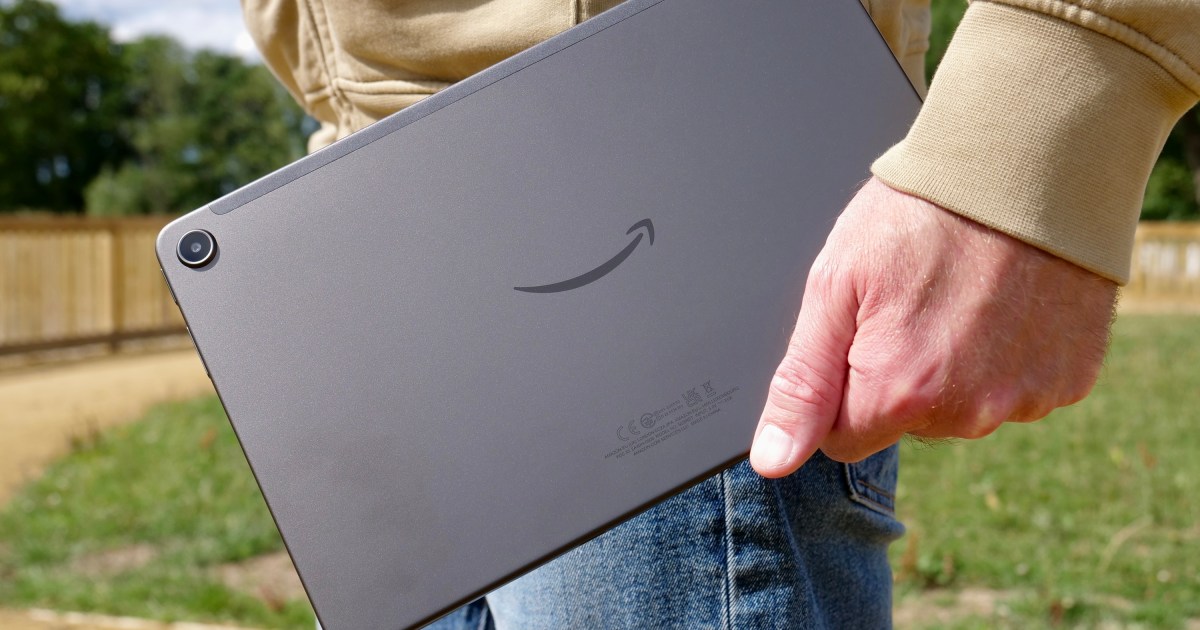The Samsung Galaxy A56 carries high expectations. It needs to impress those unwilling to splurge on the Galaxy S25 and entice users away from other appealing alternatives. It must demonstrate that Samsung has learned from the design shortcomings of the Galaxy A55 and can deliver a stellar affordable phone. After using the A56 as my primary device, I’ve observed some crucial improvements, but there’s still room for growth.
| Feature | Samsung Galaxy A56 |
|---|---|
| Dimensions | 162.2 x 77.5 x 7.4mm |
| Weight | 198 grams |
| Display | 6.7-inch Super AMOLED, 2340 x 1080 pixels, 120Hz |
| Durability | IP67 |
| Cameras | 50MP main with OIS, 12MP wide-angle, 5MP macro |
| Processor | Samsung Exynos 1580 |
| RAM & Storage | 8GB RAM, 256GB storage |
| Battery & Charging | 5,000mAh with 45W wired charging |
| Software | One UI 7 with Android 15 |
| Colors | Awesome Pink, Awesome Olive, Awesome Graphite, Awesome Lightgrey |
| Price | £499 (around $635) |
Design and Build
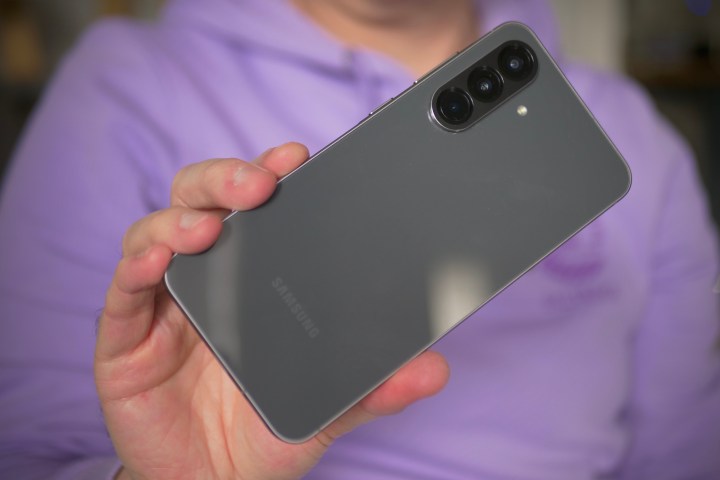 A person holding the Samsung Galaxy A56.Samsung has equipped the Galaxy A56 with a robust foundation: a metal frame, Corning Gorilla Glass Victus+ on both front and back, IP67 dust and water resistance, all within a reasonably sized 7.4mm thick, 198-gram body. This is noticeably thinner and lighter than the Galaxy A55. The cameras are housed within a vertical module, the power and volume buttons reside in a raised “Key Island,” and it comes in a range of attractive colors: Awesome Pink, Awesome Olive, Awesome Graphite, and Awesome Lightgrey. The Galaxy A55’s design felt lacking due to its sharp edges where the screen met the frame, making it uncomfortable to hold.
A person holding the Samsung Galaxy A56.Samsung has equipped the Galaxy A56 with a robust foundation: a metal frame, Corning Gorilla Glass Victus+ on both front and back, IP67 dust and water resistance, all within a reasonably sized 7.4mm thick, 198-gram body. This is noticeably thinner and lighter than the Galaxy A55. The cameras are housed within a vertical module, the power and volume buttons reside in a raised “Key Island,” and it comes in a range of attractive colors: Awesome Pink, Awesome Olive, Awesome Graphite, and Awesome Lightgrey. The Galaxy A55’s design felt lacking due to its sharp edges where the screen met the frame, making it uncomfortable to hold.
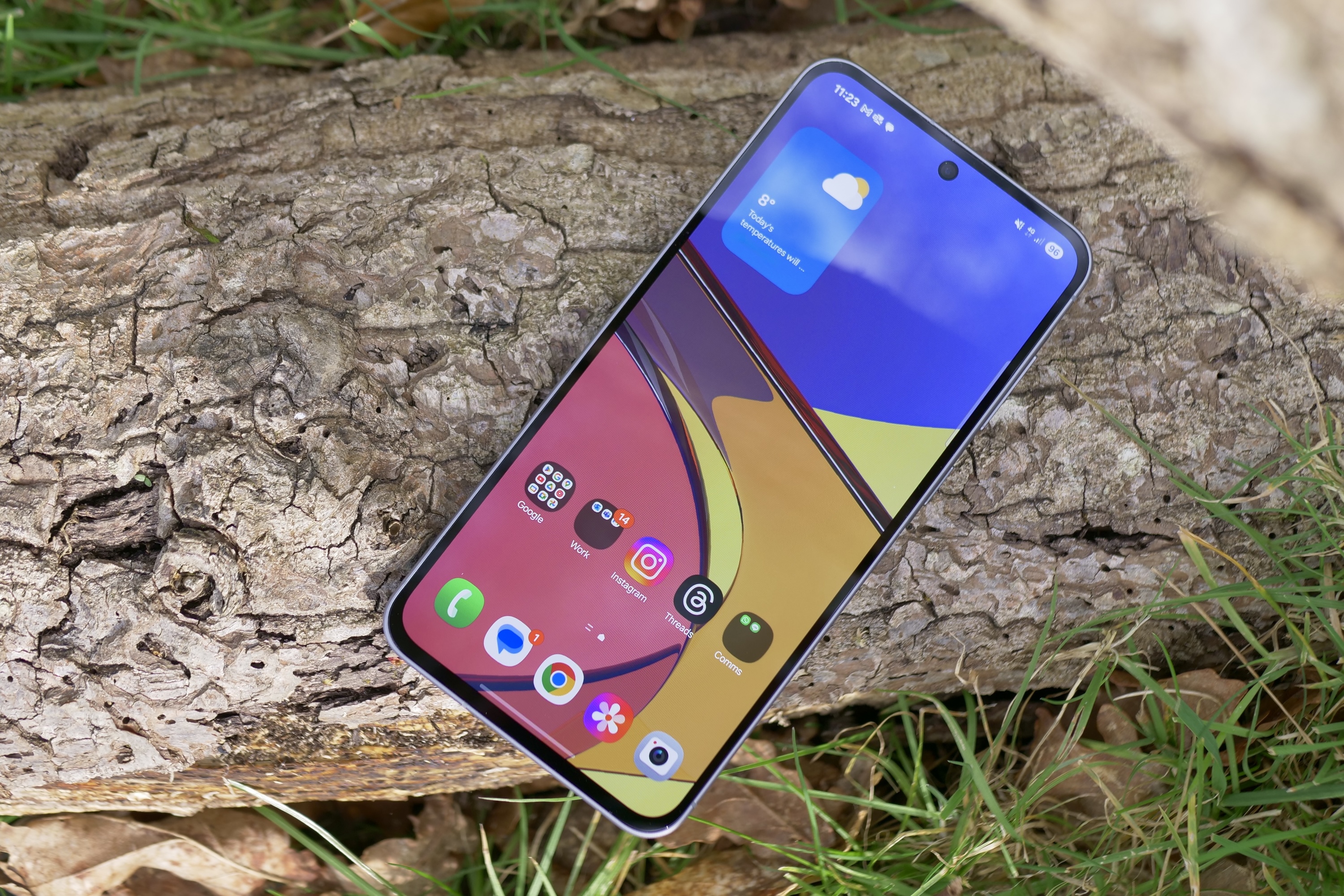 The Samsung Galaxy A56
The Samsung Galaxy A56
Samsung seems to have acknowledged this issue, as the A56 represents a significant improvement. The sharp edges are gone, replaced by a subtle yet ergonomically crucial curve where the glass meets the frame. This change, combined with the reduced thickness, dramatically improves the in-hand feel. Compared to the A55, the A56 feels less wide and more manageable, despite having the same dimensions. Ergonomics are paramount, and the Galaxy A56 proves it.
The brushed metal finish, the camera module mirroring the Galaxy S25’s aesthetic, and the reduced dust accumulation compared to the A55’s individual lenses are welcome refinements. While not visually groundbreaking, the brighter color options add personality. The A56 is lightweight, comfortable, and feels premium and durable enough for long-term daily use.
Camera Performance
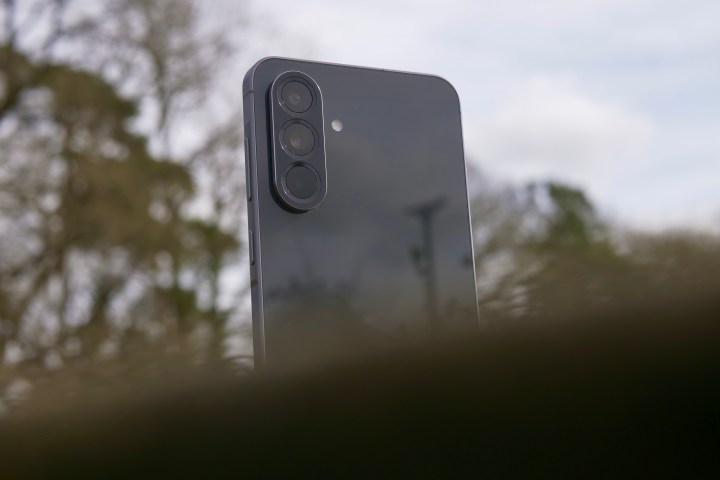 The Samsung Galaxy A56
The Samsung Galaxy A56
The A56’s camera system—a 50MP main sensor with OIS, a 12MP wide-angle lens, and a 5MP macro lens—delivers decent photos, but some minor issues prevent it from being truly impressive. Skies often appear noisy, colors are surprisingly muted for a Samsung device, exposure and dynamic range sometimes falter, and image processing is evident in challenging lighting conditions.
 A photo taken by the Samsung Galaxy A56.
A photo taken by the Samsung Galaxy A56.
If you’re not expecting Galaxy S25 Ultra-level performance and avoid scrutinizing the photos too closely, the A56 will capture acceptable images for everyday moments. It’s well-suited for social media, thanks to features like automatic video highlight reels and the excellent photo editing tools borrowed from the Galaxy S series. The AI editing features, including Object Eraser and Style generator, are present but somewhat limited by the processor’s capabilities.
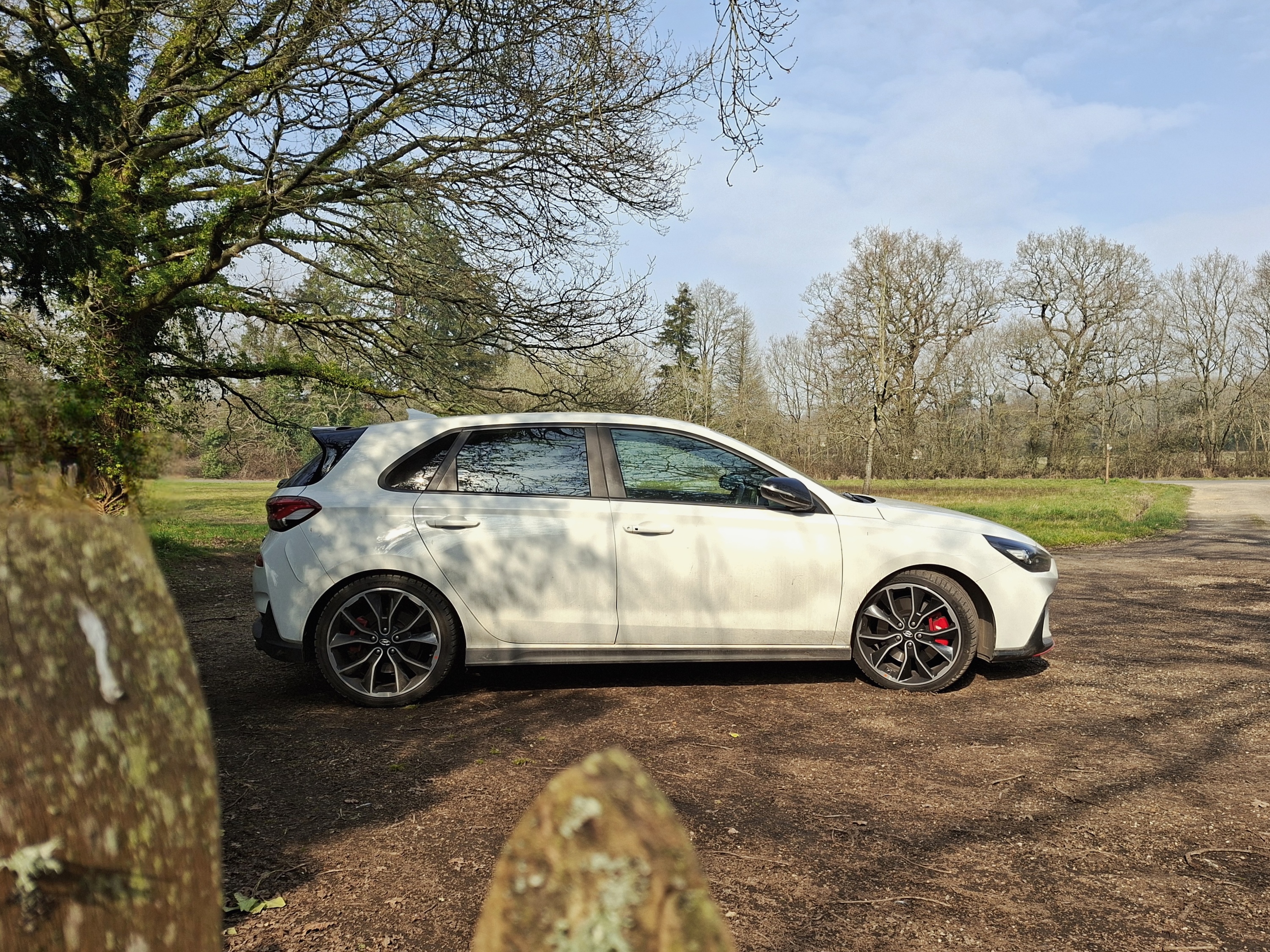 An AI edited photo created by the Samsung Galaxy A56.
An AI edited photo created by the Samsung Galaxy A56.
While noise, edge enhancement, and blur are noticeable upon closer inspection, the camera’s shortcomings might not be a deal-breaker for casual users primarily sharing photos on social media.
Performance and Software
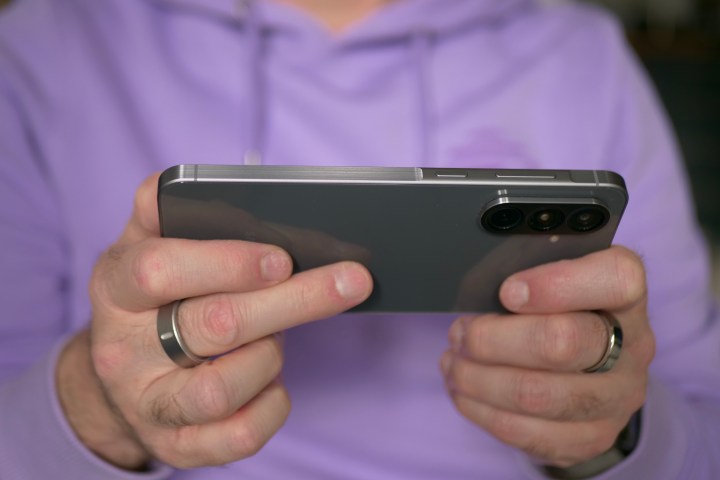 A person holding the Samsung Galaxy A56.
A person holding the Samsung Galaxy A56.
Samsung’s choice of the Exynos 1580 processor for the A56 might raise some eyebrows, especially considering the Qualcomm Snapdragon 6 Gen 3 in the Galaxy A36. However, in everyday use with apps, calls, social media, and photography, the performance has been smooth and stutter-free.
| Geekbench 6 | CPU (Single) | CPU (Multi) | GPU |
|---|---|---|---|
| Galaxy A56 | 1363 | 3881 | 6943 |
| Galaxy A55 | 1150 | 3457 | 3083 |
| Nothing Phone 3a Pro | 1168 | 3289 | 3291 |
Gaming performance is also satisfactory, with titles like Asphalt Legends: Unite running smoothly without excessive heat buildup. The stereo speakers are loud and well-positioned. The fingerprint sensor and face unlock are slightly sluggish, but accurate. The display boasts smaller bezels than the A55 and increased peak brightness, although it can be quite reflective and prone to smudges.
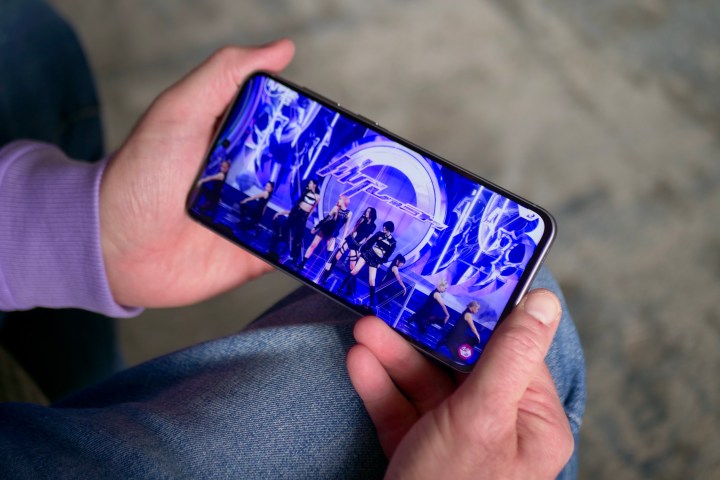 A person watching a video on the Samsung Galaxy A56.
A person watching a video on the Samsung Galaxy A56.
One UI 7 over Android 15 is a highlight, offering a user-friendly and well-designed software experience. However, some initial setup is required, and minor quirks exist, like the always-on display defaulting to small notification icons. While some AI features found in the S series are absent, Samsung’s commitment to six years of software and security updates is commendable.
Battery and Charging
 The Samsung Galaxy A56 on charge.
The Samsung Galaxy A56 on charge.
The 5,000mAh battery provides decent two-day battery life with moderate usage. While 45W fast charging is a welcome addition, matching the speeds of the Galaxy S25 Plus and Ultra, the charging performance could be more efficient. Wireless charging is not supported.
Price and Availability
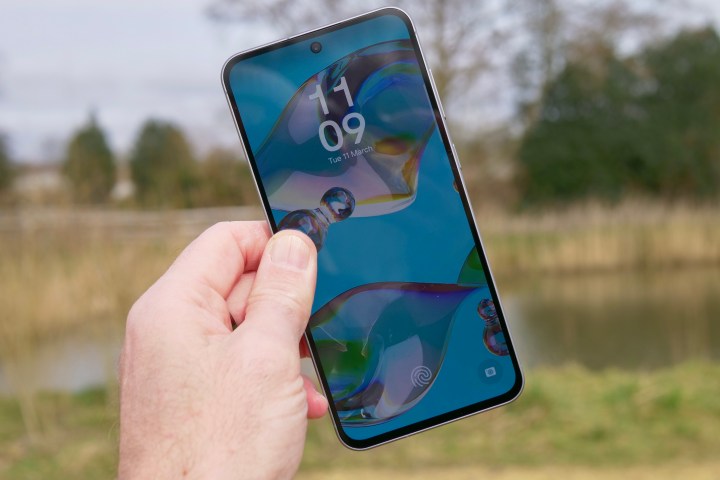 A person holding the Samsung Galaxy A56.
A person holding the Samsung Galaxy A56.
The Galaxy A56’s £499 price tag is a significant increase over the A55, making it harder to justify given the incremental hardware upgrades. This puts it in direct competition with more compelling and affordable rivals like the Nothing Phone 3a and 3a Pro.
Should You Buy the Samsung Galaxy A56?
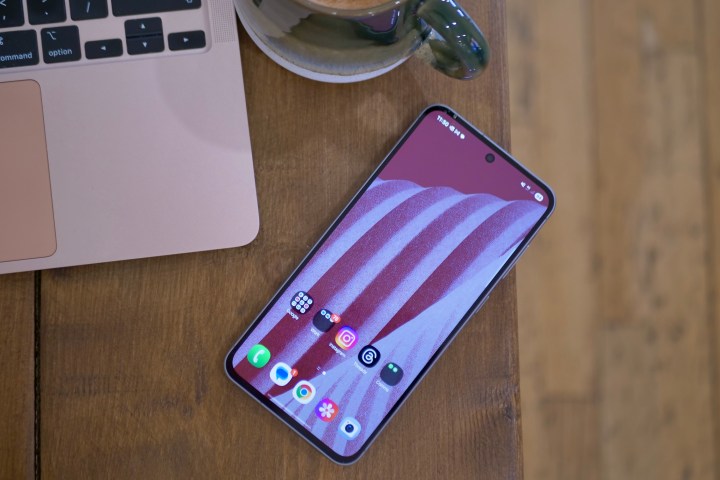 The Samsung Galaxy A56
The Samsung Galaxy A56
The Galaxy A56, like the S25 Ultra, faces stiff competition. The price increase amplifies its shortcomings, making it a less compelling recommendation. While it boasts a refined design, excellent build quality, and responsive software, the internal hardware doesn’t offer a substantial leap forward from the A55.
The Galaxy A56 is a reliable, if not exciting, smartphone. It performs its core functions well and offers a dependable user experience. If you prioritize reliability and are content with a solid, if unexceptional, device, the A56 is a viable option.



